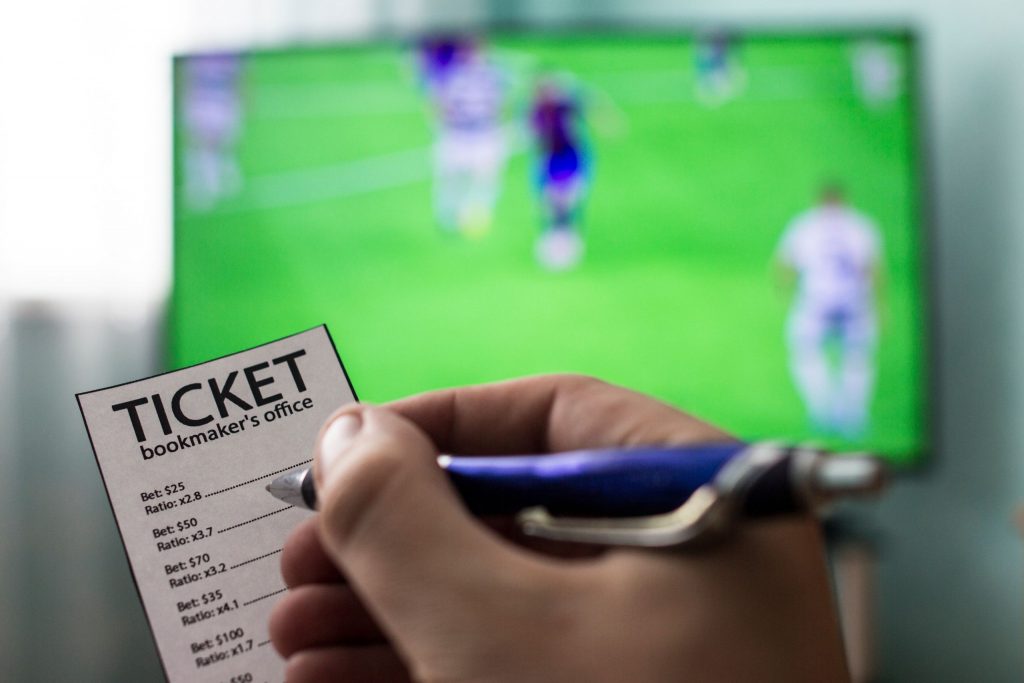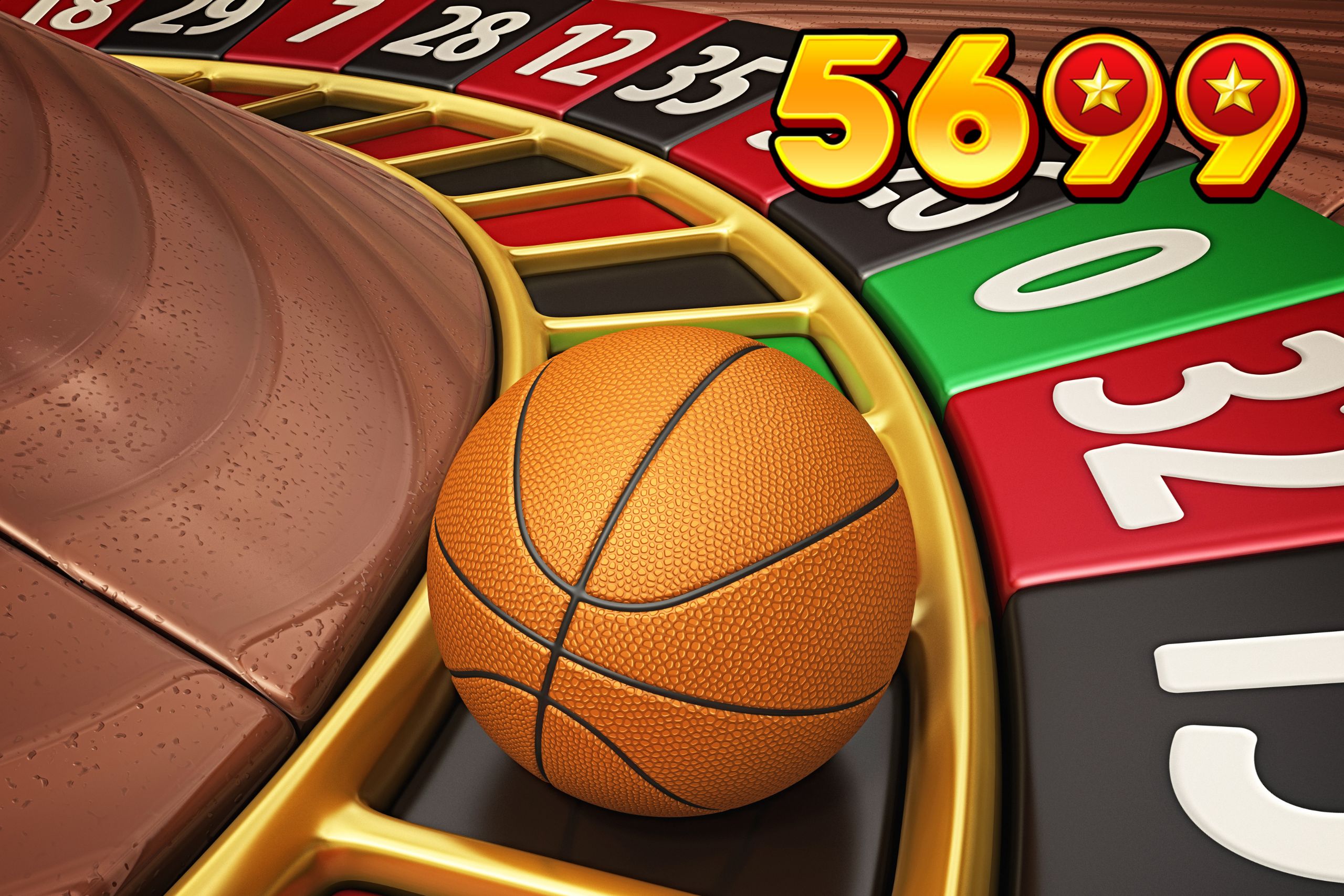Sports betting has become a common hobby for sports fans all over in recent years thanks to an amazing rise in appeal. The legalization of sports betting in many countries, more society acceptance of gambling as a kind of entertainment, and more accessibility to internet platforms help to explain this expansion. Anyone trying to properly negotiate this changing terrain must first understand odds. Learning odds not only increases the excitement of the game but also is rather important for increasing profitability. Understanding how odds operate helps bettors to make wise judgments, evaluate possible returns, and spot worthwhile betting prospects. The importance of knowing chances, how this affects pleasure, and techniques for using this information to get better results will be discussed in this paper. It will also provide ideas on how bettors may move from casual players to more experienced, strategic players, therefore improving their whole sports betting experience.
Different Types of Betting Odds: Decoding the Formats
Gamblers in sports betting have to be familiar with three fundamental types of odds: fractional, decimal, and moneyline.
Usually used in the UK, fractional odds are presented as a fraction—that is, as 5/1. This means that, should a better be successful, they gain £5 in profit for every £1 pay plus the original outlay.
Popular in Europe and Australia, decimal odds display as a single digit, like 6.00. This graphic depicts the complete return on a £1 wager including the initial stake, therefore simplifying the computation of potential payouts.
Often used in the US, money line odds show themselves as either positive or negative numbers. For a $100 wager, for example, +200 represents a profit of $200; -150 shows a need to pay $150 to win $100.
Understanding these types enables a gambler to evaluate chances on many venues and systems. This knowledge guides smart betting decisions, which at last produces a more entertaining and maybe profitable betting scene.
How Odds Reflect Probability and Payouts
In a sports event or other wager, betting odds are a numerical depiction of the likelihood of a certain result. The odds show the bookmaker’s opinion of probability, which is quantified in a manner gamblers may readily understand. For instance, odds of 2/1 show a one-in-three chance of the event happening, thereby suggesting a probability of around 33%.
Odds and prospective payouts have an obvious relationship. While larger chances often indicate a less likely outcome, should that situation arise, the possible payback is typically more. On the other side, fewer opportunities indicate a more likely occurrence and thus lesser rewards. Bettors rely much on this harmony between risk and reward.
Understanding these factors helps bettors decide where to place their money with wisdom. Value bets—wagers in which the potential payout outweighs the risk—may appeal to bettors depending on their own perceptions of probability. A good grasp of odds helps to enhance strategic betting by guiding better financial judgments in the wagering environment.
Calculating Implied Probability: Turning Odds into Insight
For gamblers, implied probability guides them in converting odds into a numerical assessment of the chance of the occurrence. Pointing out possible value in wagers might help individuals decide what risk to take.
From odds, implied probability is easily found using the formula:
The fractional odds computation follows:
\[ \frac{\text{Denominator}{implied probability}.${text{Numerator} + \text{Denominator});[times 100 \]
The decimal odds equation is:
\[ \frac{1}{\text{Decimal Odds}}times 100 \] Suggestive likelihood
Knowing this helps gamblers decide if a certain bet has value. For a team, say, the implied probability is 33.33% if a bettor runs decimal odds of 3.00. Should one believe that the actual likelihood of that team winning is forty percent, the gamble is reasonable as the bettor stands to win with a more apparent probability than the odds suggest. This analytical method helps bettors make more sensible decisions and enhances strategic betting.
Finding Value in Sports Betting: Key Strategies
A key idea in sports betting, value betting looks for bets where bookmakers undervaluate the expected result. Aiming to find differences that provide lucrative prospects, one compares their own forecasts with the odds given by bookers. This helps gamblers create wiser bets going beyond simple estimates.
Bettors should first develop their own approximations for the probability of different events in order to identify value. They may then juxtaposition these odds with bookmaker probability. A value bet results from a better believing an occurrence has a greater probability than the odds suggest.
For instance, if a bookmaker sets odds suggesting a 40% possibility of an event occurring but the bettor evaluates the actual probability to be 50%. Bettors are advised to seek for these conditions as they lead to better informed decisions and maybe larger gains. Mastery of value betting helps consumers enhance their betting strategies and boost their long-term overall profitability.

Conclusion
Finally, by means of knowledge of various odds forms, computation of implied probability, and identification of value betting possibilities, investigation of sports betting odds or “keo nha cai” prepares bettors with necessary skills for wise judgments. Learning these ideas not only increases the fun of gambling but also results in better betting techniques that could raise general success. Through constant education and use of these strategies, bettors may improve their abilities and enhance their betting experience, therefore enabling them to interact with their preferred sports in a more interesting and fulfilling way. Accepting this information helps one to be more confident and to appreciate the nuances of sports betting, hence promoting continuous development and success in the betting scene.
